
Photodiode Amplifier for Visible Light Using OPA381 – Arduino Nano Shield
The project presented here is a photodiode amplifier for visible light. The output voltage of the circuit increases linearly with light intensity. Low-cost BPW34 photodiode is used as a light sensor and OPA381 op-amp as an amplifier. OPA381 is a transimpedance amplifier that converts photodiode current flow into voltage. The operating voltage of this circuit is 5V DC, and output ranges to almost 0V to 4.5V DC. The project can be used to make a LUX meter and other photo lab equipment. The analog output of the project is within the range of microcontroller’s ADC for easy interface with micro-controllers. By combining this project with Arduino and LCD, you can create a light meter for photography. It is advisable to use filters in front of the sensor to stop infra-red noise as the sensitivity of BPW34 is near to infrared. Half-cut table tennis ball will help as a filter.
Photodiode Amplifier for Visible Light Using OPA381 – Arduino Nano Shield – [Link]





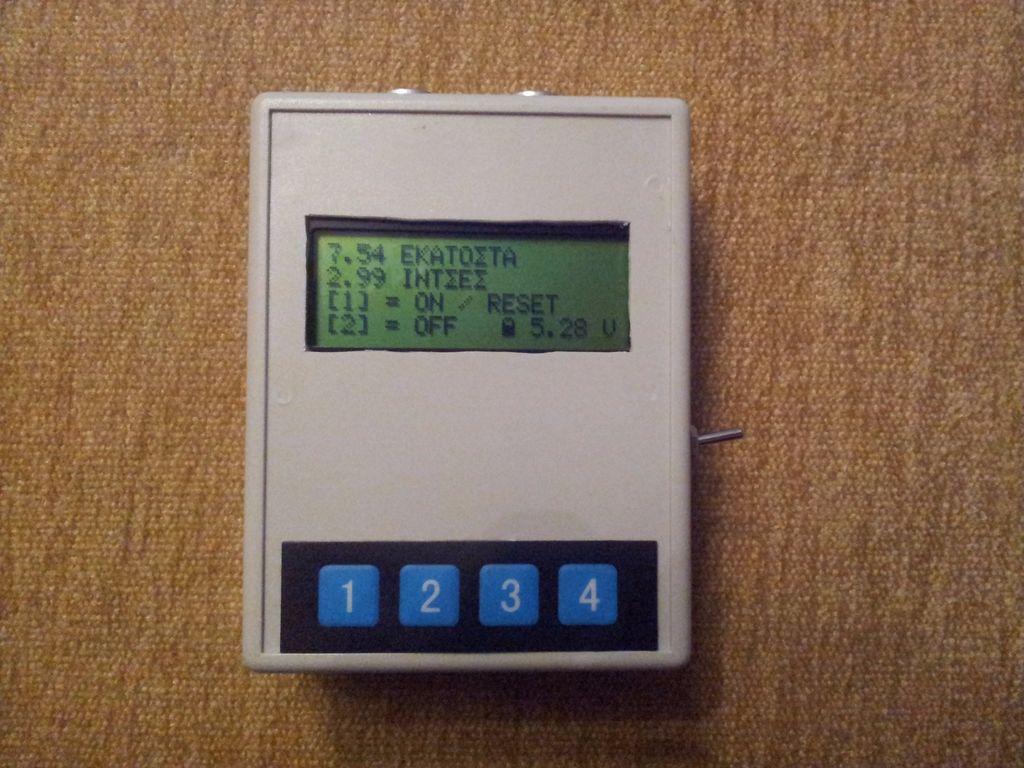
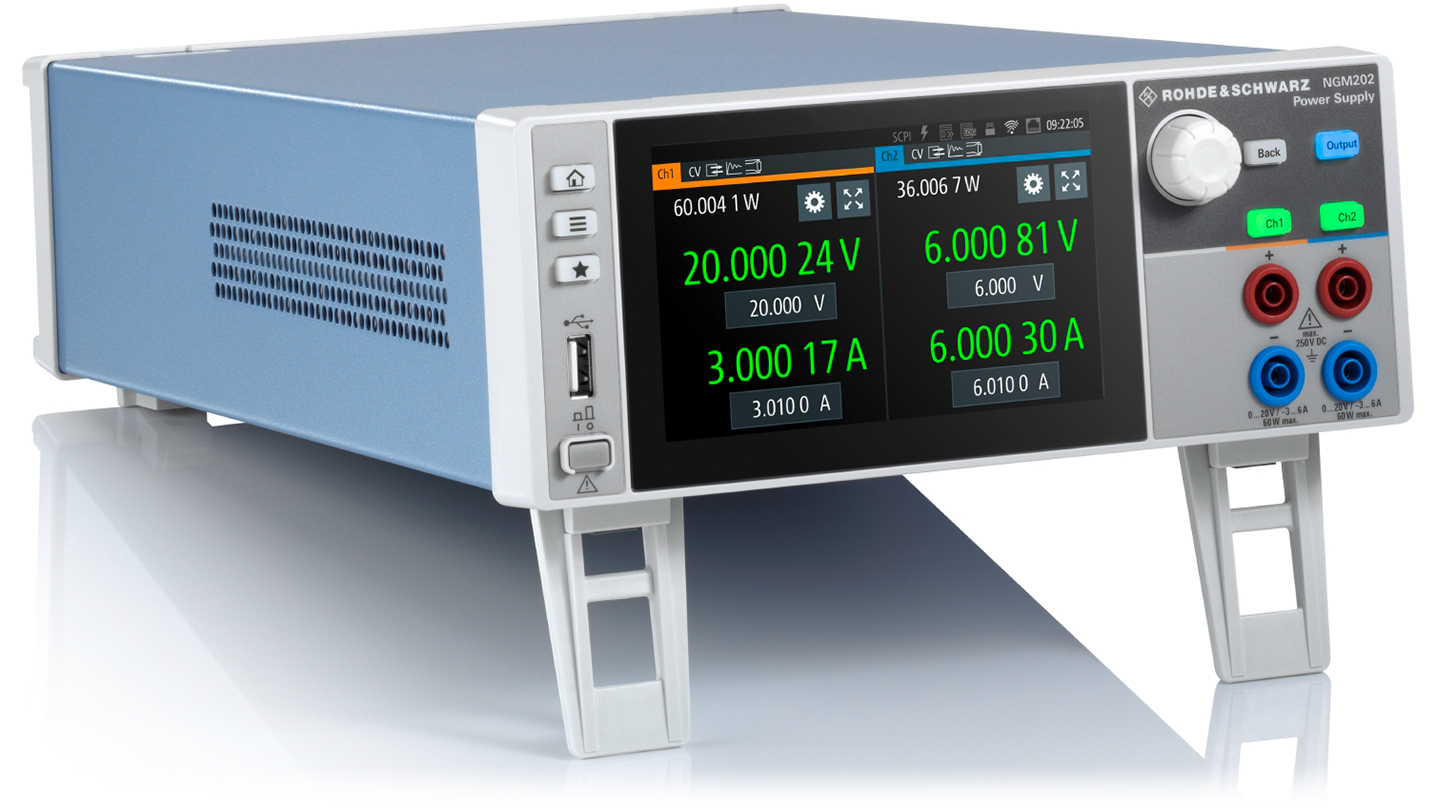
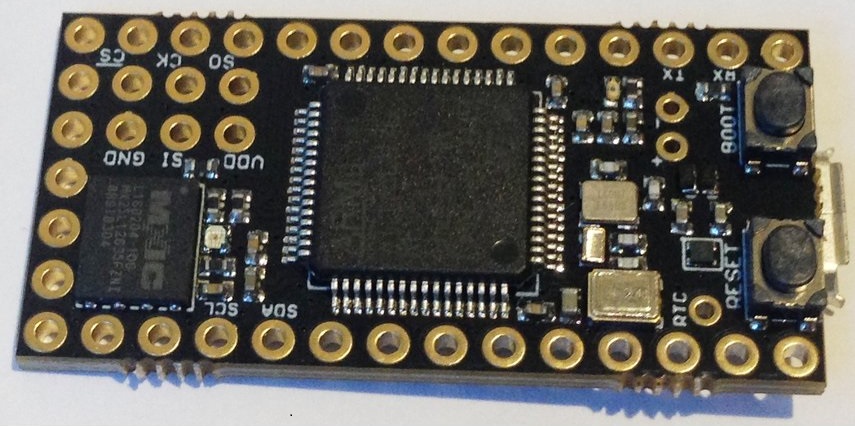
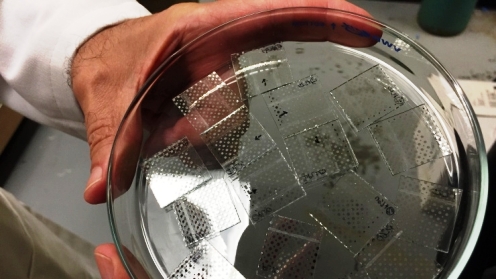
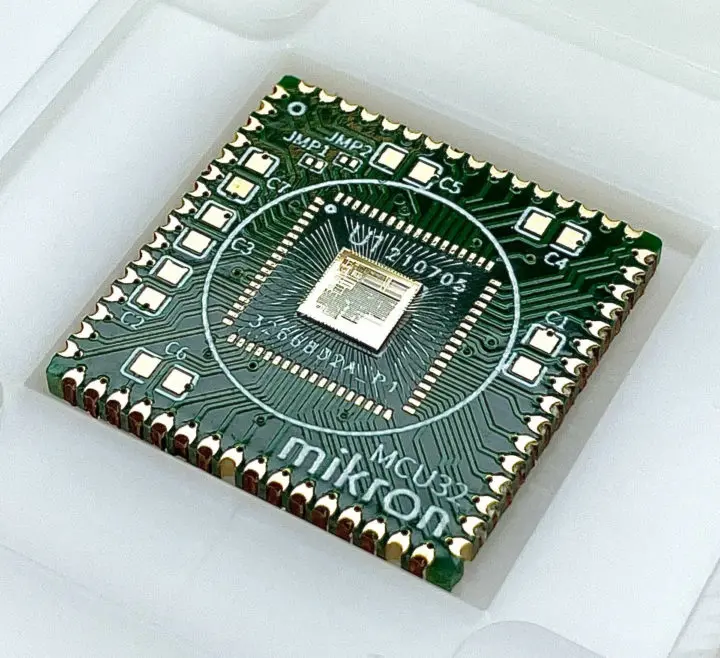








Giving no response how to contact with you